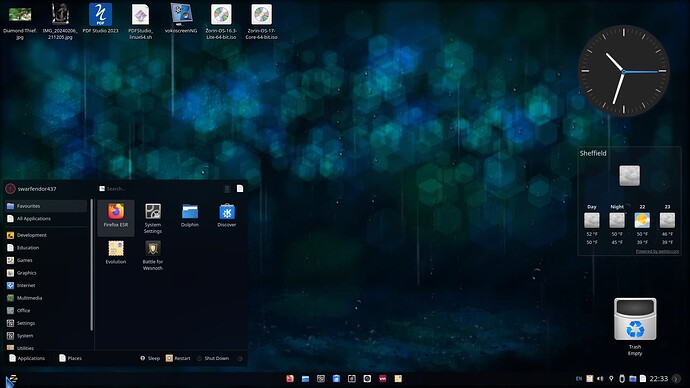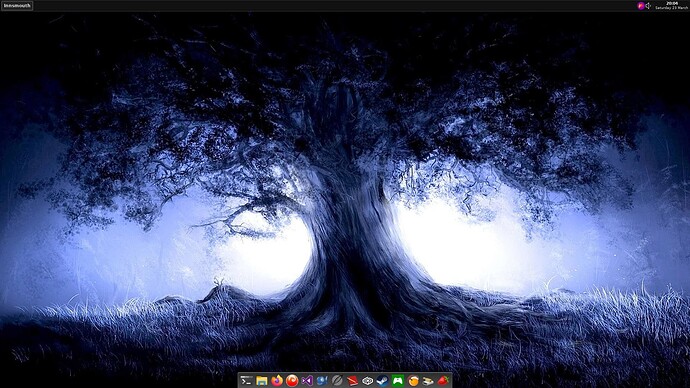I waited until 17.1 to come out to purchase the Pro version, and I now regret it. I won't be able to use the OS due to a few problems, the main one being constant intermittent lag.
I can't believe they tried Wayland first. It's not stable. A quick Internet search (such as "wayland is not stable" will show you many, many problems. The 'X' project, from which we get X11, started in 1984. If 'X' developers stopped developing right now, it would still take Wayland developers 20 years to reach development parity.
So, I switched to X11 and still experience the random stuttering. I'm extremely grateful that my GF did not try to install or upgrade to 17.1, she would have been unhappy and not being a technical person, she would not have known how to deal with these issues or reinstall Zorin OS 16.3 Pro.
Is there a way to fix the X11 lag? I haven't found an answer since late last night.
The second issue that was disappointing was the lack of fit and finish that I've come to expect from Zorin OS. I've been using Zorin OS since 13, purchasing the OS for the Pro level since 15 onward. This has been the worst experience out of the box.
For example, the Software store is now the generic GNOME store seen on many free distributions. It is significantly different than the 16.x store. Further, I would search for something (such as 'PDF') and while installing software that it found, the store would constantly refresh, to the point where I gave up and stopped using it. I would be half way down the search results, go to click on an app and before I could, it would refresh, sending me back to the top of the results. At which point, I would start scrolling and it would, again, refresh. sigh
The next one is more of an annoyance than it is "a problem", but it's a major annoyance: Firefox is a flatpak install.
I tried:
$ cd $HOME/.mozilla/...
Only to discover that it does not exist. Not only that, simple options are not present that are with the .deb package, such as a split URL bar. If I were to keep Zorin OS 17.1 Pro, I would have to deinstall Firefox, find the appropriate deb package and install it, just so I could create a user.js file.
I feel like I want my money back. I know I won't ask for it, because I don't mind financially supporting open source projects; however, if I compare this transaction to my expectations while eating at a restaurant and receiving a poor quality product, I would complain to the owner and ask for a refund. I don't have a lot of extra money to spend and it's getting worse as prices rise. This is the first time I've ever felt buyer's remorse with Zorin OS. That will teach me to purchase it without trying it out with the Core ISO. I hope Zorin OS 18 is better, because in its current state, I won't be able to use 17.x.

